Rapid Application Development | Ultimate Guide
Rapid application development (RAD) is having kind of a resurgence. It’s an idea that’s been around since at least the 1970s, but it’s returned to the fore in recent years. In part, this is because of a shift in the technology that businesses use to build software.
But can a 50-year-old way of thinking about software development really offer value to modern businesses? The reality is that the RAD model never really went away. Rather, its core ideas were absorbed into today’s dominant development frameworks, including Agile.
Even so, rapid application development has seen a huge amount of renewed interest in recent years, particularly in the contexts of low-code, internal software projects, and digital transformation.
Today, we’re diving deep into everything you need to know. Specifically, we’ll examine rapid app development’s core principles, when it’s used, and its pros and cons. We’ll also look at the sorts of projects and teams that leverage RAD.
But first, we need to understand the basics.
What is rapid application development?
Rapid application development is a model that emphasizes expediency, user feedback, and ongoing evolution within software build cycles. The ultimate goal is to quickly build solutions that truly meet the needs of their users.
To understand why this matters, we need to think about how engineering projects are traditionally structured.
Normally, this involves what’s known as a waterfall methodology. As the name suggests, this is a linear approach to bringing projects from ideation to execution. So, project managers gather detailed specifications, which are then passed to developers to make them a reality.
For software projects, this then moves on to the testing phases and eventually to deployment. Once one of these phases is completed, there’s no going backward - at least, there shouldn’t be.
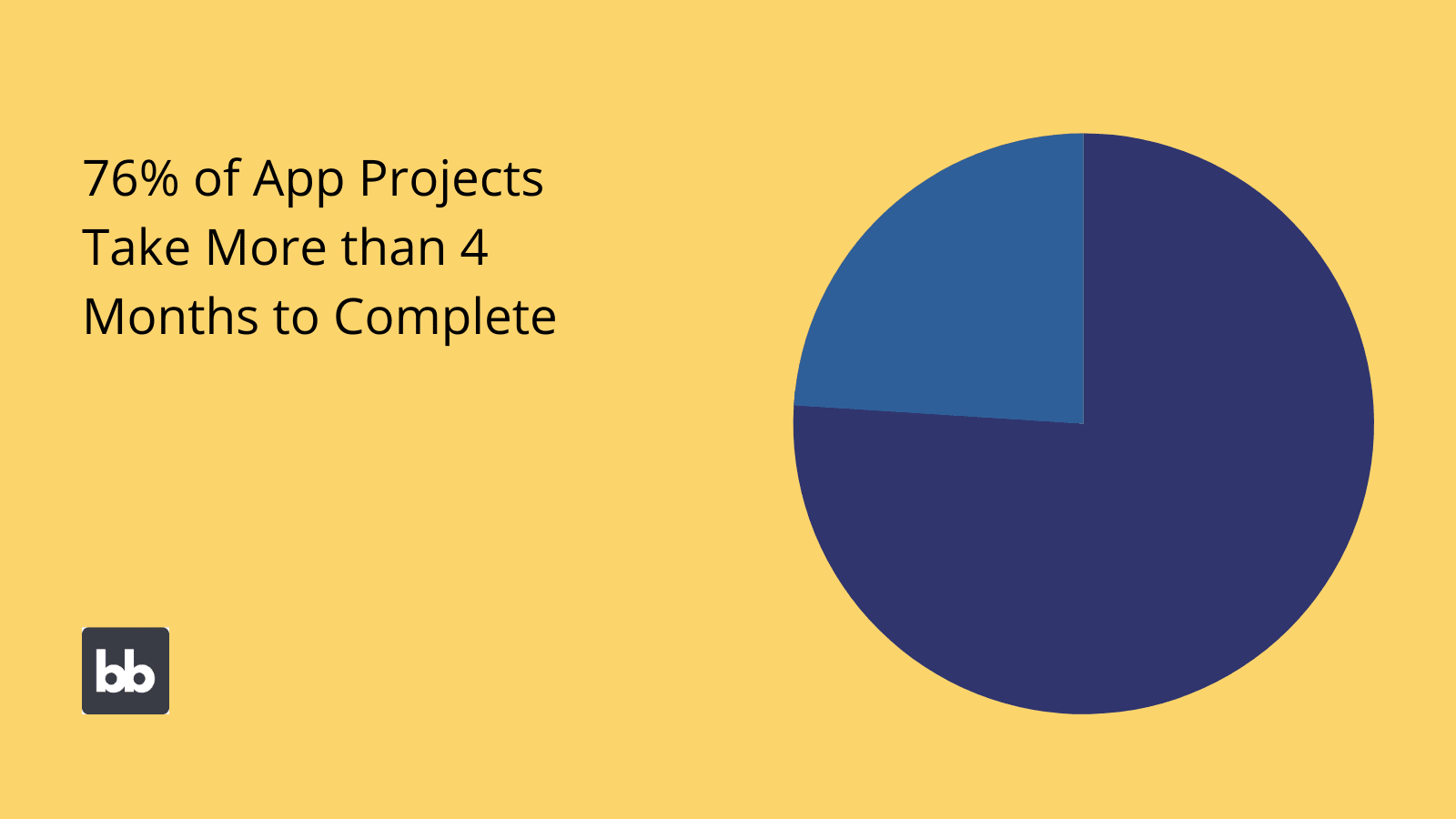
(AppInventiv )
This approach is fine if you’re building a bridge, but it’s not really appropriate in the world of software.
Rapid application development emerged as a response to this, recognizing the unique needs of software projects compared to other kinds of engineering. Specifically, the end product will typically differ greatly from the solution that’s initially envisioned - unlike a bridge.
So, RAD is built around the principle of continuous evolution.
One aspect of this is regular meetings between developers, end-users, and other stakeholders to demo and provide feedback on specific elements of the project, as it evolves. This marks a shift in focus away from rigid initial requirements-gathering.
Instead, RAD empowers end-users to constantly try out new features, interfaces, workflows, and other elements of the projects, before deciding on what best suits their specific use cases.
4 phases of rapid app development projects
To better flesh out our understanding of rapid application development, we need to understand the specific stages that projects follow under this model.
We know that RAD involves constant evolution to account for changing requirements. But this doesn’t mean that it’s a free-for-all. Indeed, we still need a clear framework to maximize efficiency and transparency during development projects.
Let’s take a look at the four phases of the standard rapid application development model.
1. Requirements and planning
RAD typically involves less front-loaded planning than other development methodologies, but this step remains critical. After all, your developers obviously need to know what they’re supposed to build.
So how does requirements-gathering work under RAD?
You’ll sometimes read that the goal is more to get the gist of the required solution, rather than detailed or granular specifications. This assessment points to the right idea, but it nonetheless undersells the level of attention to detail that’s required.
With that in mind, let’s clarify the specific issues that we want to tackle at this stage.
Really, our goal is to do three things:
- Gain a thorough understanding of the end-users’ problems.
- Define the requirements for your solution to these problems.
- Engage with stakeholders to finalize and gain approval on your proposed solution.
The focus here isn’t so much on gaining detailed technical specifications, as it is on giving different stakeholders an opportunity to weigh in on their needs, priorities, and concerns. This achieves two important things.
The first is helping your developers to understand the eventual use case. The second is ensuring that potential issues, roadblocks, and dependencies are detected and accounted for early on in the project.
2. User design and input
Next, RAD projects pretty much jump straight into the build phase. More specifically, developers immediately begin prototyping each aspect of the solution.
What distinguishes rapid application development here is the extent of stakeholder involvement. So, the developer prototypes something, the user tests it out, and then they sit down together to discuss what works and what doesn’t.
Each iteration informs the development decisions made in the next.
Hence the name user design to describe this phase of the project.
That way, developers can make adjustments as they progress, helping them to better meet users’ expectations and eliminate bugs in the process.
This contrasts sharply with a waterfall methodology, where these issues might only be identified once a project reaches testing or even handover.
The structure of the user design stage can vary, depending on how complex the project is. So, for a relatively simple use case, developers might iteratively prototype the entire solution.
Where the project is more complex, they might focus on specific modules, functionalities, features, interfaces, or other elements of the overall system. This could happen simultaneously with different developers, or in sequence.
3. Construction
The next step is the construction phase. Once all prototypes are finished and signed off, they need to be brought together into a working solution.
This is sometimes also referred to as finalization.
Since most bugs should have been picked up and addressed already, this is relatively quick under RAD. However, this will naturally also depend on the complexity of the application you’re building.
The specific technical details are tied to the development tools that your team uses. So, if everything is hard-coded using traditional development techniques, there will be a lot more work to do here than if they use more modern low-code techniques.
As with other methodologies, this stage involves testers, engineers, and coders collaborating to ensure that the solution is stable, performant, and meets users’ expectations.
Crucially, during the construction phase, RAD maintains the same level of stakeholder input.
So, if new issues are identified, end-users would be consulted on different options for solving them. At least, within reason.
4. Cutover
Cutover is the implementation stage of a rapid application development project. This is when the completed project is launched and handed over to users. So, the cutover phase involves things like deployment and hosting, as well as user training and change management.
Again, how this works in practice will depend on a whole range of factors, including your security requirements, user characteristics, hosting needs, and countless other issues.
Of course, in the real world bugs and issues will continue to be found after the cutover.
However, once the application has gone live, these will more often be monitored and actioned by support teams, rather than developers.
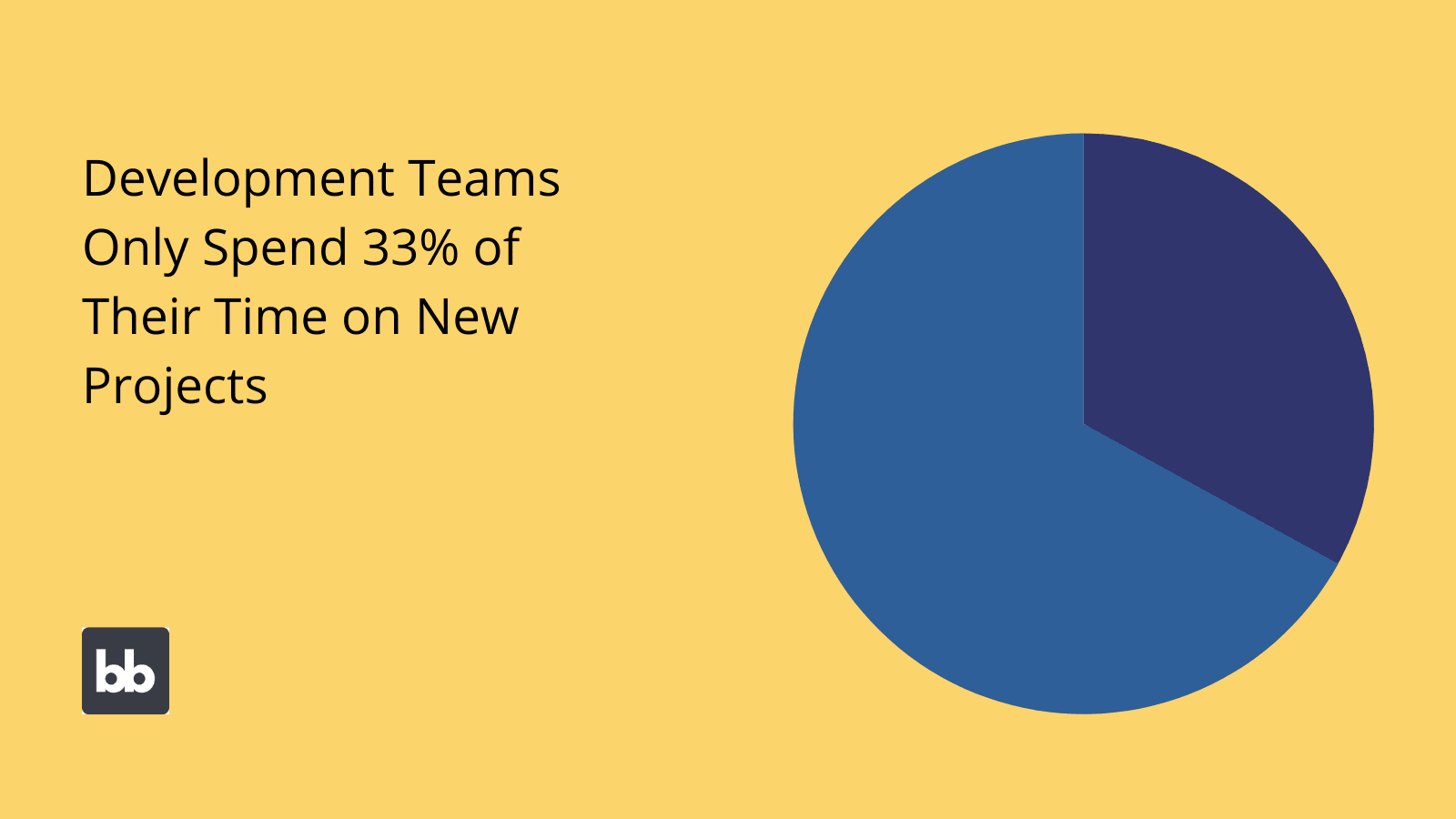
(Virginia Tech)
When is rapid development used?
Most people reading this guide are probably trying to decide if RAD is the right approach for them.
The reality is that this depends on the nature of your business, as well as on the kinds of tools you’re building. As such, we need to consider the specific contexts where rapid app development is an effective and suitable approach.
We can think about this at two different levels:
- The kind of team that you need for successful RAD.
- The kinds of projects that benefit most from this model.
Let’s take a look at some examples of each to see where rapid application development does and doesn’t work.
What kind of team do you need?
There are a few specific qualities and attributes that make an effective team for RAD. One consideration is that rapid app development is a highly collaborative process. So, structuring teams for fast, easy communication is critical.
Naturally, this is easier the smaller your team is. It’s hard to give a hard-and-fast threshold but RAD generally isn’t viable within larger teams. With larger groups of developers, you’re more likely to encounter delays, roadblocks, and miscommunications.
We can also think about the way our team should be structured. Remember, a central characteristic of the RAD model is carrying out regular, ongoing feedback and review meetings with stakeholders.
You have a couple of options here. One is to involve the developers themselves in these sessions - the obvious benefit being that they’ll have direct access to feedback. Again though, this is reliant on small, tight-knit teams.
Alternatively, you might have team leads or technical project managers participate in these sessions, before feeding back to the developers. This is a good workaround if you want to implement rapid application development within a slightly larger team.
The other key thing to keep in mind is that RAD asks a lot of your developers.
That is, the fast pace, constant changes, and ongoing evolution of projects require your developers to be at the top of their game - at least if they’re using traditional methods. We’ll see how this is shifting a little bit later.
What sort of projects suit RAD?
It’s also crucial to understand the kinds of projects where rapid app development is effective. In reality, it’s an incredibly valuable approach to building certain kinds of apps, but it’s wholly unsuitable in other contexts.
To understand why we need to drill into a few different variables.
One is the degree of centralization that a project requires. Centralized planning is hard to square with RAD. For example, if you were building a large-scale solution for managing diverse business processes, the more ad-hoc nature of RAD would likely cause problems.
Instead, the RAD model is more closely suited to building relatively simple solutions, with more discrete functionality.
Another issue is that RAD emphasizes functional requirements and user experiences over more technical issues like your app’s architecture, NFRs, and overall structure.
This can create problems down the line for longevity and scalability if additional measures aren’t put in place
When combined, these issues mean that RAD generally isn’t the right approach for truly mission-critical applications. For example, you probably wouldn’t use rapid app development for your core product.
However, it’s perfect for simple apps, like CRUD tools.
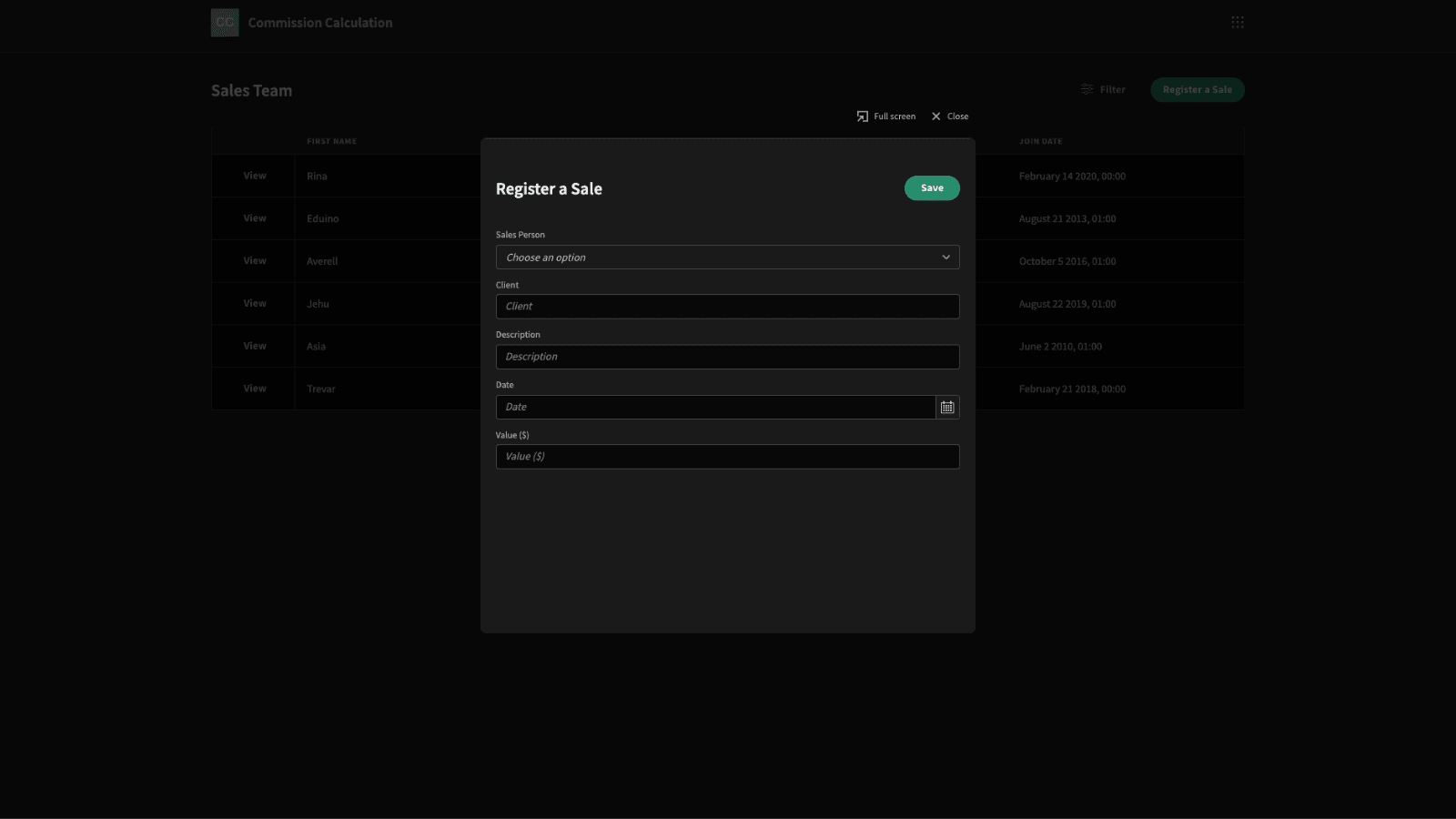
RAD: pros & cons
So far, we’ve thought about what rapid application development is all about, as well as some of its core use cases.
But, to make a truly informed decision about whether or not RAD is right for you, we need to examine where it provides value, along with the specific challenges it brings.
With that in mind, let’s think about the pros and cons of rapid application development.
Advantages
We’ve already hinted at most of the core benefits of the RAD model. Let’s drill into some of these to solidify our knowledge.
Expediency
The most obvious advantage of RAD is the speed with which you can bring solutions online. In some ways, this is the whole point. Really, this works across two levels:
- Streamlining the explicit production process.
- Eliminating hidden delays, roadblocks, and other issues.
Compared to traditional waterfall methods, RAD projects offer working solutions in a fraction of the time.
This cuts across both lead times and the actual development hours incurred.
Cost-effectiveness
Of course, with reduced development time, comes reduced costs. For many of you, this will be at the front of your mind. The real beauty of the RAD model is improving the cost-effectiveness of building simple solutions.
Again, we can divide cost-effectiveness into two components. The first is the cost of building a solution. The second is how effectively it solves its intended problem.
On both fronts, rapid application development can breed superior outcomes. That is, assuming that it’s applied to suitable projects in the first place.
Flexibility
We’ve touched on this already. RAD projects are somewhat unique in that what you’re building can change as you build it. This offers a degree of flexibility that’s difficult to achieve in more rigid methodologies.
In turn, this means that solutions built with RAD are often more tightly aligned with users’ needs.
There are a couple of different aspects to this. One is that real-world requirements can often differ greatly from initial technical specifications. Another is that fringe cases, vulnerabilities, and other issues can often be uncovered as a project develops.
User satisfaction
Finally, RAD projects can offer superior user satisfaction levels. This applies to both internal users and external clients. In each group of users, the reasons for improved satisfaction are the same, but the net impact of this is slightly different.
On the one hand, there’s the obvious fact that a solution that actually solves problems is more likely to satisfy users. Besides this, since RAD involves a high degree of user participation, they’re more likely to take ownership of their tools.
For internal teams, this can reduce training costs and increase adoption rates. For commercial projects, you’ll see the same benefits, plus a higher degree of client satisfaction.
Disadvantages
Of course, we also know that the rapid application development model can fall short in a lot of scenarios.
We’ve already touched on some of the scenarios where RAD is unsuitable.
However, we also need to be cognizant of the specific challenges and drawbacks that RAD brings, even in its ideal applications.
Here’s what you need to know.
Burdening clients and users
We’ve seen already that RAD projects require a lot of input from stakeholders. This creates a couple of issues. One is that they need to accept this level of involvement. So, you need to get stakeholder buy-in in order for them to engage with your team in the first place.
Then there’s the issue of whether your users and clients are able to provide useful input.
So, to be blunt, you might get feedback from users who don’t actually know what they’re talking about, or even what they want. Or, you might need to deal with contradictory opinions from different stakeholders.
Check out our guide to throwaway prototyping .
Complex project management
Managing RAD projects is also a little bit messy. Since items can move back and forth between phases, it’s comparatively hard to know where you stand at any given time. This is amplified if you’re working on different elements of a project, that are at different stages.
This can also make estimating costs somewhat more difficult. That is, it’s hard to know how many iterations it’s going to take to get the product right.
These are serious considerations if you’re planning on using rapid application development for commercial work or client apps.
Scope creep
Scope creep happens when stakeholders realize they need extra features that weren’t included in the original spec. With rapid application development, it’s almost inevitable that you’ll encounter this.
In fact, that’s kind of the whole point.
But at what point does this become a problem? If we set out to build a simple CRUD app , and six months down the line we end up with a full-on CRM, then something has obviously gone wrong.
The key is maintaining a clear picture of the core problem we want to solve with rapid application development, so we can leverage its flexibility, without getting bogged down in unrelated use cases.
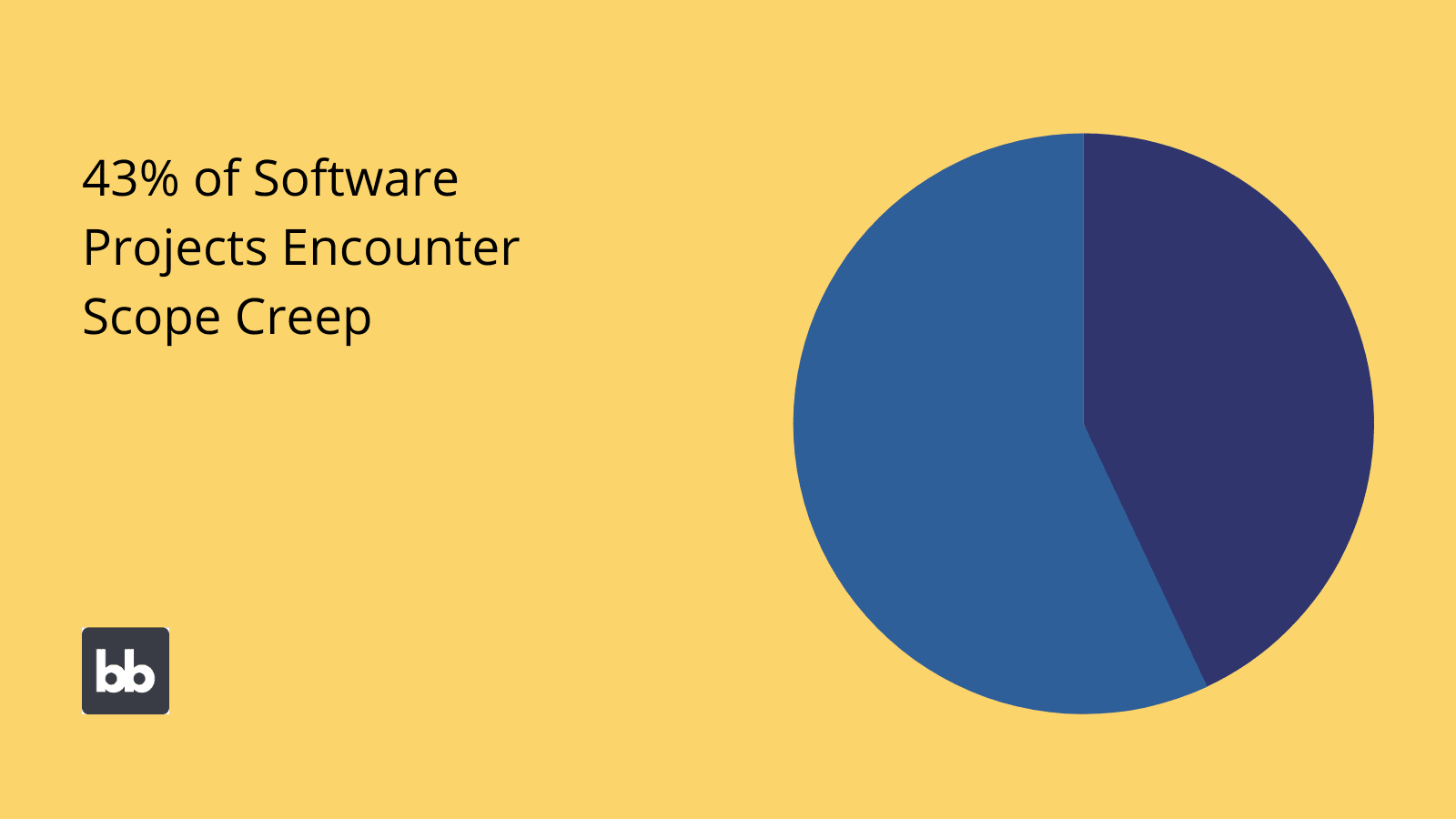
(Proposify )
How does RAD compare to other frameworks?
It’s also worth thinking about how RAD stacks up against other dominant software development methodologies. After all, we need to understand what we’re comparing rapid application development to if we want to understand the value it can offer.
Today, most software projects follow a small number of project management frameworks and methodologies.
Let’s take a closer look.
Traditional SDLC vs RAD
Comparing traditional software development lifecycles with RAD is relatively straightforward. SDLC methodologies are variations on the waterfall model we discussed earlier. Remember, this is a sequential approach, where each project must follow a specific set of stages, in order.
In a simple project, these are typically:
- Requirements gathering.
- Design.
- Development.
- Testing.
- Deployment.
- Maintenance.
Crucially, the entire project must complete each stage before it can move on to the next. This makes it easier to maintain centralization over the project’s planning, but it makes it more likely that relatively minor issues can hold everything else up.
As we saw earlier, the rapid application development model involves most of the same content but takes a slightly different form.
Let’s quickly reiterate.
First of all, the requirement-gathering phase is relatively pared down. Secondly, the remaining pre-deployment stages are cyclical, or even contemporaneous, with constant client interactions and feedback.
As we saw earlier, the entire project might go through several iterations of design, feedback, and changes. Or, this might happen with the individual elements within a larger project.
Check out our guide to traditional SDLC vs RAD for more details.
Rapid application development vs Agile
Comparing RAD and Agile is a little trickier. The trouble is that these are two subtly different ways of addressing the core problems of waterfall-based methodologies.
Still, these days, Agile is by far the dominant approach to building software, so it’s important to know where we stand.
Let’s start by thinking about what these two ideas have in common.
Both are iterative, collaborative approaches, that focus on gaining regular input from end-users and other stakeholders.
Where Agile differs from RAD is that it retains a greater focus on non-functional requirements, architecture, and traditional systems design.
The goal here is to mimic the kind of flexibility and expediency that rapid application development offers, and combine this with the level of technical excellence and scalability that traditional SDLCs provide.
Structuring RAD teams
Earlier we said that certain kinds of teams are better positioned for RAD than others. Recall, that the size of your team is a huge factor here, but there are operational issues at play too. In large part, this comes down to how you structure your team.
So, how do you design the perfect team for rapid application development?
Unfortunately, there’s no one size fits all approach. From an operational point of view, the key challenge is ensuring that we have sufficient capacity for two things:
- Carrying out development work.
- Managing client-facing and intra-team communications.
The best way to achieve this can vary depending on the size of your team, the nature of your projects, and the kinds of tools they use. So, you might have a single project owner or multiple team leads.
Alternatively, with the rise of low-code development, RAD projects are often managed and implemented by a single developer.
To contextualize this, let’s shift our focus to the different kinds of tools used in rapid application development.
Software and tools for rapid application development
We can also think about RAD in terms of the tools that developers use. This is a more complex subject than you think. The rapid application development model doesn’t stipulate any particular platforms.
Some vendors market their solutions as RAD tools, but that doesn’t mean that these are the only option out there - or even the best ones.
The thing to realize here is that rapid application development isn’t a specialism as such. In large part, your developers could use the same software stack as they would for any other project.
All the same, there are some tools that work better here than others.
To crystalize this, we can think back to the key characteristics of RAD projects. The important ones here are expediency, flexibility, modularity, and constant evolution. Some platforms and languages are better positioned for this than others.
So what specific features do you want to look out for?
Templating, reusability, and pre-built components are all effective tools for expediating app builds and changes, especially when multiple developers are involved.
Similarly, we need to pay attention to how easy it is for developers to collaborate or make changes to each other’s output. So, complex code bases are to be avoided at all costs, as this would inhibit collaboration.
So, you might opt for more readable languages. Alternatively, low-code development has come to the fore in recent years for RAD, as we’ll see in a second.
Finally, we can also think about the kinds of tools that are normally built with rapid application development. For the most part, these are single-function solutions, for managing discrete processes and workflows.
This requires a high degree of integrability, both with external tools and with external data sources. We’ll see what Budibase brings to the table a little bit later.
Check out our guide to rapid application development tools to find out more.
Low-code and rapid application development
Nowadays, low-code has become synonymous with rapid application development. In many ways, this is a match made in heaven. Low-code is an approach to building apps that focuses on removing boring, repetitive development tasks.
The goal is to make your developers’ lives faster, easier, and happier.
So how does this work at a practical level?
Low-code platforms are built around a recognition that most development tasks are actually repetitive, menial, and laborious. By reducing the need to carry out these tasks manually, you can massively streamline builds, cutting labor costs in the process.
At a practical level, this means providing simple, intuitive experiences for common development tasks, like building interfaces, managing data, and automating processes.
The trouble is that there are so many options out there nowadays. These vary hugely in terms of quality, functionality, developer experiences, and cost-effectiveness. For example, some platforms are really only suitable for a limited set of use cases.
Check out our guide to open-source low-code platforms to find out everything you need to know.
Project management and associated workflows
Another key pain point is maintaining oversight, transparency, and control over rapid application development projects. As we said earlier, managing RAD projects is a tough proposition.
However, while there are certainly challenges here, none of them are insurmountable. Developing robust, programmatic workflows is the key.
Let’s take a few examples to see how this works.
One big issue is managing and logging communications. As you might imagine, a serious challenge here is keeping everyone in the loop with evolving requirements - especially if specs shift on a weekly or even daily basis.
So, it’s important to centralize and codify knowledge. For example, using dedicated applications to record, track, and acknowledge new requirements or product changes.
Similarly, we also need to take process-level measures to ensure that RAD projects don’t get away from us - either in terms of budget or scope. The more iterations our projects go through, the harder this becomes.
In particular, tracking project spending becomes problematic. Luckily, you have a few different options here. As before, we can focus on providing clear, centralized, accessible records of changes to the project as they occur with each iteration.
Alternatively, we can place additional levels of controls to ensure that requests aren’t actioned without proper accountability. For instance, using dedicated approval workflows to ensure no work goes ahead without input from appropriate stakeholders.
Check out our approval apps page to find out more about how Budibase can help here.
We’re putting the rapid back into rapid app development
Budibase is a developer’s best friend. Our platform is the fast, secure, cost-effective way to build custom applications for all sorts of business problems. Tens of thousands of companies around the world choose Budibase for superior development experiences.
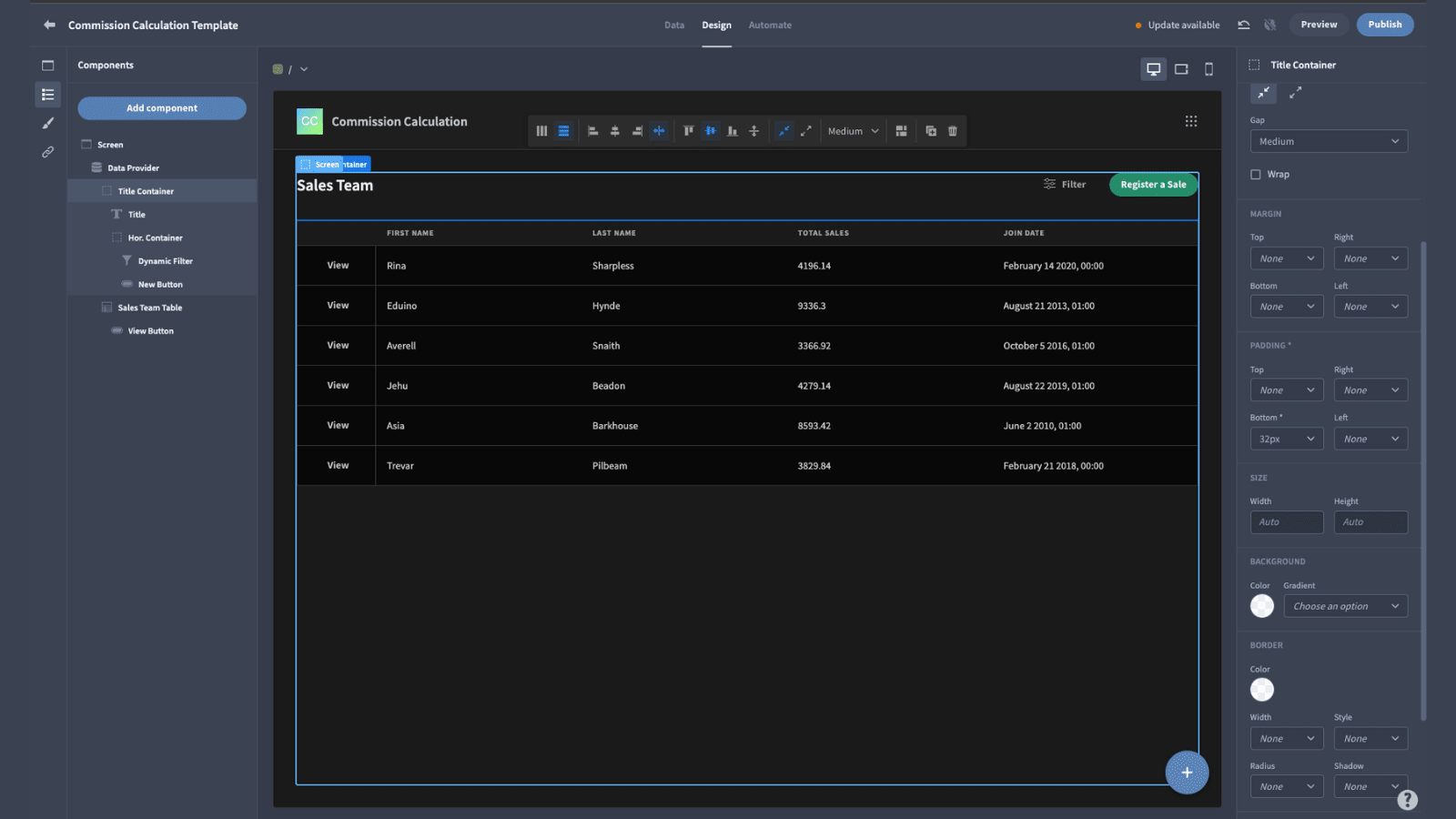
Let’s take a look at what makes Budibase the smart choice for low-code developers.
Build apps in minutes, not months
With Budibase, it’s never been faster or easier to build fully deployable web apps. Connect your data, autogenerate screens, create custom designs, add automation, and deploy your finished app, however you want.
Check out our product page to find out more about what makes Budibase tick.
Automate workflows
Budibase makes it easy to automate workflows, with little to no custom code. We offer a seamless, tree-based interface for building custom automation with configurable blocks. Define triggers, nest actions, and test your automations in our simple, lightweight interface.
We also offer an unrivaled range of third-party integrations, with WebHooks, Zapier, REST, and our own internal API.
External data sources
Build modern applications around existing data sources, with minimal fuss. We offer dedicated connectors for an unparalleled range of data sources, including SQL, Postgres, Oracle, CouchDB, S3, Airtable, MongoDB, and more.
You can even build your own data connectors with Budibase 2.0.
We also offer an internal database, with full support for CSV uploads.
Custom RBAC
Our customizable role-based access control is the perfect way to optimize security and usability alike. Assign users to defined roles, and grant or restrict access at the level of screens, data sources, or even individual components.
Check out our ultimate guide to role-based access control for more information.
Self-hosting and cloud deployments
Choose self-hosting or cloud-based deployments for your Budibase apps. Host on your own infrastructure with Kubernetes, Docker, and Digital Ocean, or use Budibase Cloud and let us worry about everything.
Take a look at our pricing page to find out more.
50+ free app templates
We’re so confident in what Budibase can do, that we’ve built more than 50 free, deployable app templates , for all sorts of use cases. Any one of these is the perfect starting point for your rapid application development project, or as a fully-fledged application.
Sign up to Budibase to start building tools for free today.